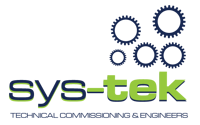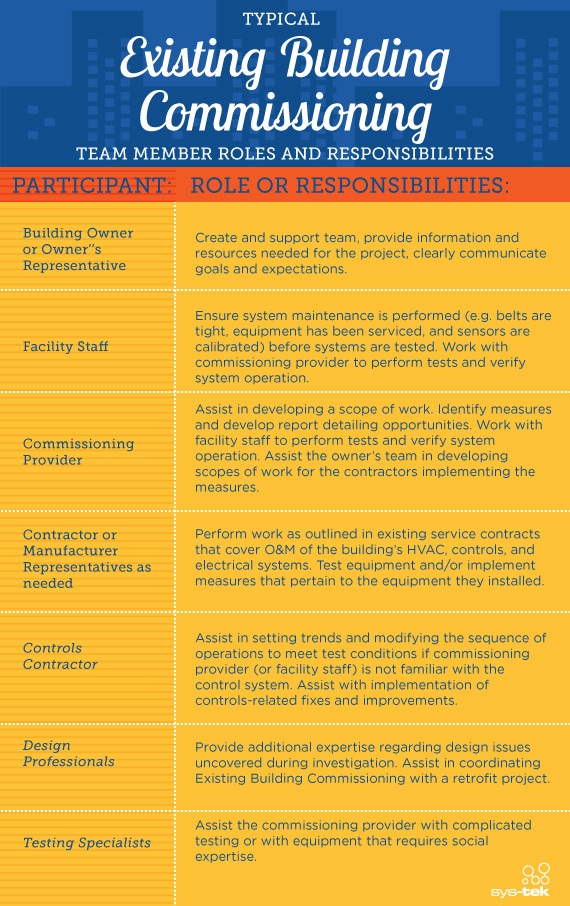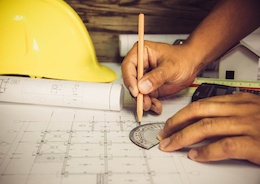Preparing for a Retro-Commissioning investigation
Sep 11, 2013
Prior to beginning a Retro-Commissioning project, the provider will conduct a walkthrough and investigation of a building to become more familiar with current daily operations. An investigation will also help the Retro-Commissioning agent determine where opportunities lie in regards to energy efficiency and improvement of existing equipment.
To make sure that the Retro-Commissioning provider has a full scope and understanding of the building’s current working conditions, take the following steps to verify that all necessary tools and documents are available for assessing the project:
- Make sure building operators and facility staff are available to answer questions the RCx agent may have about the building, such as known equipment or performance problems.
- Gather all gas, electric, and utility documents for at least the previous three years so the RCx agent can analyze historical energy use.
- Compile all equipment warranties, current service contracts, and preventive maintenance records for the agent’s review.
- Collect all building and design drawings, shop drawings, and controls drawings.
- Make a list of all transformer types used in the building.
- Compile records that display 5-day trends for all equipment, such as data for chillers, air handlers, cooling towers, and all other rooftop equipment.
- Gather all O&M manuals.
- Compile a list of lighting system details, such as the types of lamps and controls used in the building.
- Prepare a document that outlines the sequence of operations for all building equipment.
Having these documents available at the time of the Retro-Commissioning agent’s investigation can save time for both the building owner and the agent, and result in a more efficient and successful consultation. The RCx agent will also use these documents to determine whether the building is an ideal candidate for Retro-Commissioning.
During the walkthrough, the Retro-Commissioning agent will look for certain inefficiencies that indicate a building is having problems with excessive energy consumption. A list of problems that could be identified may include, but are not limited to:
- Lighting or equipment that stays on when not in use, such as parking garage lights after business hours or unneeded lighting in already bright corridors.
- Systems that become excessively hot or excessively cold.
- Equipment that becomes hot or cold when it shouldn’t be.
- Ineffective use of outdoor air that can be used for free indoor cooling.
- Unusual noises from mechanical equipment.
- Indications of poor or improper building pressurization, such as when doors are difficult to open.
- Pumps that contain throttled discharge valves.
After the investigation, the Retro-Commissioning agent will work with the building owner in developing a plan that will outline the objectives of the Retro-Commissioning project. The investigation may also lead to discussion about a project schedule, as well as the documentation needed based on the opportunities discovered during the walkthrough.








